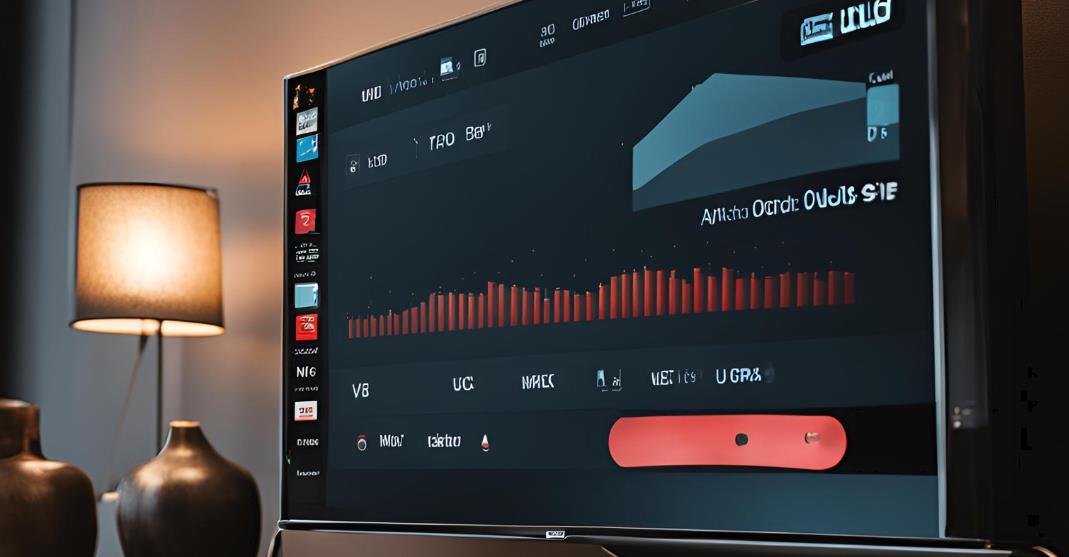One of the ways in which future calls are achieved is through asynchronous callbacks, which, within the context of Windows Management Instrumentation (WMI), allows applications to receive realtime notifications related to system events. This is enabled by one of the primary building blocks of this architecture, the SINK. In this blog, we will discuss what SINKs are, how they work, and how you can use them in your WMI client applications as well.
What is a WMI SINK?

A sink in the WMI is an interface that serves as a callback for any changes or events happening in the WMI environment. The sink implementation maintains notifications from the producer (WMI Provider). SINKs help developers build apps that react to system changes like object creation or deletion without the continuous requirement to poll.
Key Types of SINKs
Event SINKs
Event SINKs listen to specific events in the WMI environment, like when a new process starts, or an STA is added to the system. For example, an Event SINK can cause actions to be taken when a new hardware device is added so your application can update configurations or prompt the user appropriately.
Property SINKs
Value SINKs monitor changes in certain properties for WMI objects. A Property SINK could be used to monitor modifications in system resource utilization, opening an alert at the application level should resource usage override predefined thresholds.
How SINKs Work
The work of a SINK is to utilize the asynchronous nature of WMI notifications. Here is a detailed breakdown of how SINKs Work
Establish a Connection
The application initializes a connection to the WMI service using interfaces like IWbemLocator and IWbemServices. This is required to access WMI data and manage resources.
Implement the SINK Interface

Developers implement a class derived from the IWbemObjectSink interface. This class listens to WMI events and includes important methods like Indicate for notifications of an event and the SetStatus method to handle status updates.
Register the SINK
The application uses the ExecNotificationQueryAsync method to register the SINK for events or property changes. This registration establishes the type of notifications that the application wants to receive.
Receive Notifications
When an event that meets the criteria registered for a particular object occurs, WMI calls the appropriate methods in the SINK implementation. In other words, when a new process is created, the Indicate method is called for the application to perform the proper action, such as recording a log or updating user interfaces.
Advantages of Using SINKs
Efficiency
Applications save system resources by consuming a push notification instead of constantly asking for updates. This efficiency is important when multiple applications are potentially trying to watch the same WMI data.
Realtime Monitoring
SINKs can provide realtime updates so that applications can respond to system changes. They also allow for use cases that necessitate prompt responses, such as security breaches or resource-based monitoring systems.
Simplified Code
Implementing SINKs also reduces noise while monitoring events since the logic of handling notifications is based on specific methods. This structure makes the maintenance and scalability of all parts of the application easily achievable.
Example Use Cases
Imagine an application that requires monitoring system processes. With the use of SINK, an application can be informed whenever a new process is started or an existing process ends. This enables changes to the user interface to be updated on time, or automatic actions can be triggered to extend an application’s functionality.
You can also use it in hardware change detection, for example,— supposing the application has to do something whenever a new device is plugged into the system. After hardware changes, A SINK may be configured to notify the application. Accordingly, the APP will detect the new hardware, make settings, and replenish knocks for boot. Applications controlling the performance of a system can be used to monitor CPU or memory usage, enabling dynamic resource allocation.
Is Unsecapp.exe a Virus?

Unsecapp is not a virus; the exe is an authentic Windows process related to the WMI (Windows Management Instrumentation) system. It helps the WMI infrastructure by handling asynchronous callbacks and allowing applications to communicate with WMI providers.
But remember Unsecapp Mal at other times; malware can even hide under the same name as most. Therefore, it is necessary to check the file’s location where your system can be broken- the legitimate Unsecapp. The exe file will be found in the C:\Windows\System32\wbem\ directory. If you see this elsewhere, it might be a malware sign. We recommend performing a full system scan using reputable antivirus software if you have any concerns.
SINKs, used as the mechanism for asynchronous callbacks in WMI client applications, offer many vital gains in efficiency and responsiveness. With SINKs, applications can receive realtime notifications, further supporting monitoring sensors and a better overall user experience. Using SINKs allows you to utilize the features of WMI better and simplifies the development of applications that actively process system events.
FAQs on sink to receive asynchronous callbacks for wmi client application
What are the benefits of using SINKs in WMI applications?
SINKs provide realtime notifications, reduce resource usage by eliminating the need for polling, and simplify event monitoring.
How do I implement a SINK in my WMI application?
You must create a class that implements the IWbemObjectSink interface, register it with the WMI service, and handle incoming notifications in your methods.
Can SINKs monitor multiple types of events?
Yes, SINKs can be configured to monitor various events by modifying the queries used during registration.
What is the purpose of the Indicate method in a SINK?
WMI calls the Indicate method to send notifications about events, where you define how your application should respond.
Are SINKs specific to WMI?
While commonly associated with WMI, similar callback mechanisms exist in many programming environments to handle asynchronous events.



